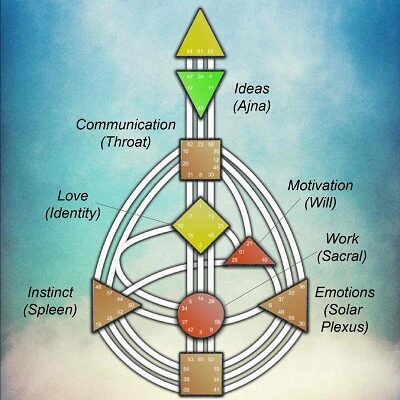 Ever scrolled through Instagram and felt hungry just by looking at a picture? That’s the power of a beautifully arranged food display. Whether it’s a colorful smoothie bowl, a well-styled charcuterie board, or a perfectly layered dessert, food that looks good is instantly more appealing.
Ever scrolled through Instagram and felt hungry just by looking at a picture? That’s the power of a beautifully arranged food display. Whether it’s a colorful smoothie bowl, a well-styled charcuterie board, or a perfectly layered dessert, food that looks good is instantly more appealing.
But what makes food truly Instagram-worthy? It’s not just about fancy dishes or expensive ingredients—it’s about presentation, balance, and creativity. The good news? You don’t need to be a chef to create eye-catching food displays. With a few simple tips, you can turn any meal into a picture-perfect masterpiece.
Intrigued? Let’s get started!
The Power of Color and Contrast
Color plays a huge role in making food look attractive. Bright and vibrant ingredients naturally catch the eye. Think of a fruit platter with deep red strawberries, bright yellow mangoes, and rich green kiwis—it’s instantly appealing!
Contrast also matters. If your dish is mostly one color, add a pop of something different. For example, a chocolate cake can look even better with a sprinkle of white coconut flakes or some fresh berries on top. Play around with different shades and textures to make your dish stand out.
Plating Like a Pro
Props and background choices can take your food presentation to the next level. A wooden tray, a marble surface, or a rustic linen cloth can make your dish pop without being overwhelming. When styling, choose a clean, neutral background that lets the colors and textures of the treats stand out.
If creating one from scratch feels like too much work, there are sites that offer ready-made dessert board with beautifully arranged chocolates, fruits, and pastries—making it a hassle-free way to impress guests or add an aesthetic touch to your celebrations.
Textures Make a Difference
Food that looks good also needs to have a variety of textures. A bowl of plain mashed potatoes might taste amazing, but visually, it can look dull. Adding a crunchy topping, like crispy onions or fresh herbs, can make it more interesting.
For example, a smoothie bowl can go from simple to stunning with toppings like granola, coconut flakes, and chia seeds. These little details add depth and make the dish pop in pictures.
Natural Lighting Is Your Best Friend
Ever wondered why some photos look so bright and fresh? It’s all about lighting. Natural light makes food look more appetizing compared to artificial indoor lights.
Try taking pictures near a window during the day. If it’s too bright, use a sheer curtain to soften the light. If you’re photographing food in the evening, avoid harsh kitchen lights—opt for a soft, warm glow instead.
Play with Props and Backgrounds
The right background can make or break a food display. A cluttered kitchen counter might not do justice to your beautifully arranged plate. Instead, use a clean, neutral surface like a wooden board, a marble countertop, or even a plain white plate to let the food stand out.
Props can also add to the aesthetic. A simple linen napkin, a rustic wooden spoon, or fresh herbs on the side can make a big difference. But remember, don’t overdo it—let the food be the star!

Garnishing for the Perfect Finish
A little garnish goes a long way in making food look polished. Even the simplest dishes can be transformed with a final touch.
* Fresh herbs like basil or parsley add a pop of green to savory dishes.
* Edible flowers make desserts and drinks look elegant.
* A drizzle of honey, chocolate, or sauce can add texture and shine.
A basic pancake stack can go from ordinary to Instagram-worthy just by adding a dusting of powdered sugar and a drizzle of syrup.
The Importance of Symmetry and Balance
A well-arranged plate looks effortless, but it actually follows a simple design principle—balance.
Symmetry helps food look more put together. If you’re arranging a board with snacks or appetizers, make sure the elements are evenly spread out.
For example, when creating a charcuterie board, distribute colors and textures evenly instead of piling everything in one spot. Balance makes the whole display more visually appealing.
Final Touch: Editing for a Professional Look
Even the best food displays can benefit from a little photo editing. You don’t need to be a pro—just small adjustments can enhance the natural beauty of your food.
* Increase brightness slightly to make the image pop.
* Adjust the contrast to make colors stand out.
* Use a sharpening tool to highlight textures.
Apps like Lightroom, Snapseed, or even Instagram’s built-in tools can help bring out the best in your photos without making them look unnatural.
Conclusion
By using color contrasts, natural lighting, careful plating, and thoughtful garnishing, anyone can turn an ordinary meal into a visual delight. Next time you’re in the kitchen, take an extra minute to arrange(or order!) your plate—you might just create a masterpiece that’s too good not to share!









